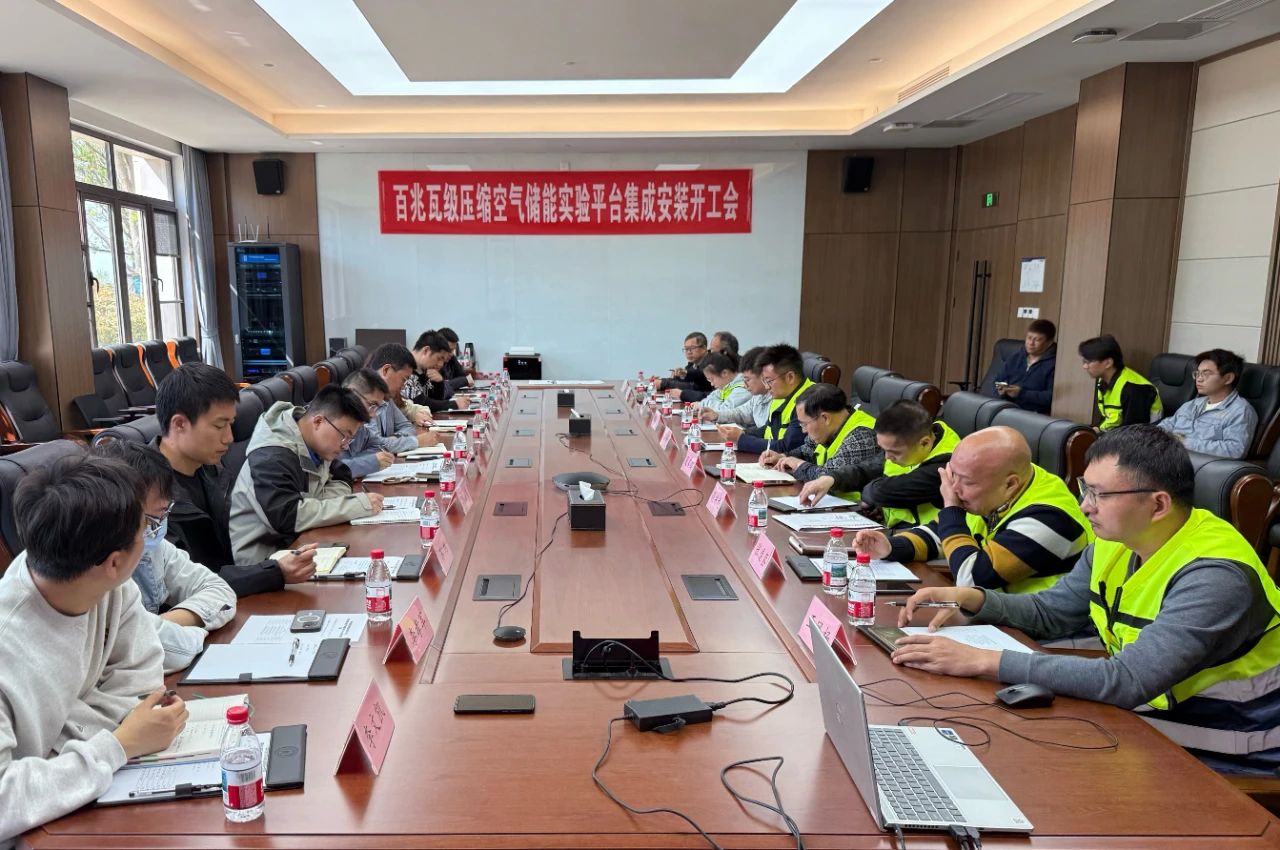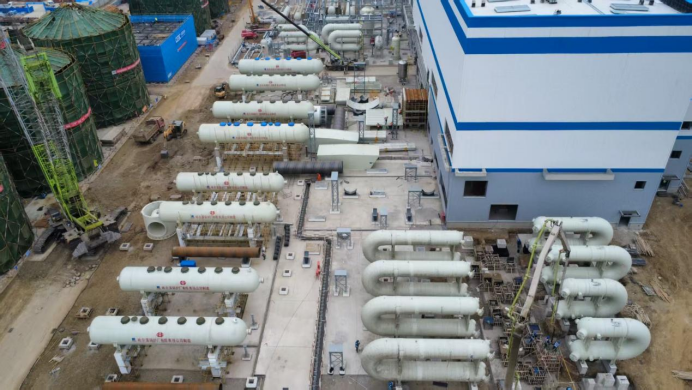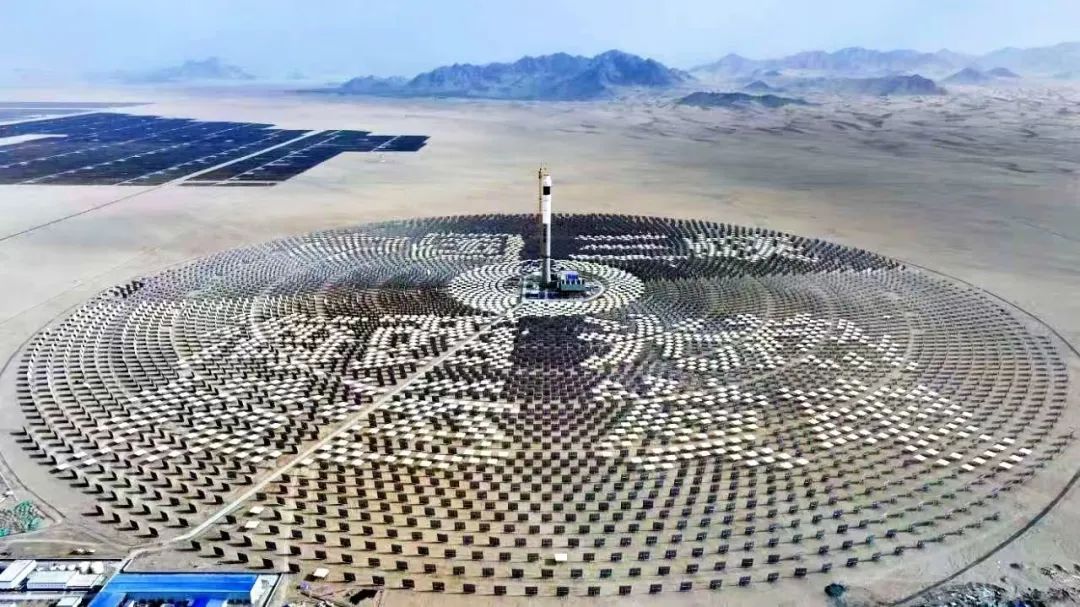On April 14th, 2025, the mobilization meeting for the integrated installation of the 100-megawatt compressed air energy storage experimental platform of the Nanjing Institute of Future Energy Systems (hereinafter referred to as the “100-megawatt platform”) was grandly held. The convening of this meeting marks that the platform has shifted from the basic construction stage to the equipment integration and system debugging stage, setting an important milestone for the research, development, and application of the 100-megawatt-class compressed air energy storage technology in China. Zhou Xuezhi, the deputy dean of the institute (online), Tian Qingwei, the assistant to the dean, Zuo Zhitao, the project leader, Li Jianghua, the project manager, as well as members of the project team, and relevant responsible persons from the construction unit and the supervision unit attended the mobilization meeting.
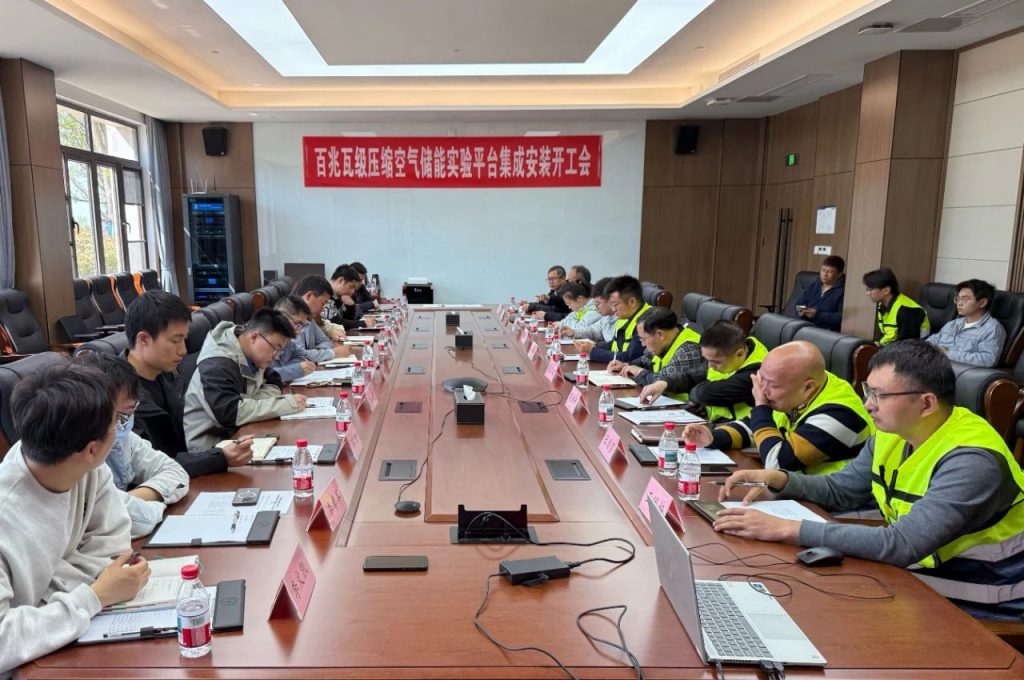
Zuo Zhitao expounded on the strategic significance and task requirements of the platform construction. He pointed out that as the world’s first 100-megawatt-class compressed air energy storage experimental platform, the 100-megawatt platform is not only a “national treasure” for the research and development of new energy storage technologies in China but also bears the core mission of breaking through key technologies and promoting industrial upgrading. In 2025, all efforts will be focused on equipment integration and system joint debugging to ensure that the platform is built and put into operation with high standards and high efficiency, laying a foundation for subsequent scientific research experiments and demonstration projects. Zuo Zhitao emphasized that the team should adhere to the principle of “innovation-driven and quality-first”, jointly tackle technical difficulties, and strive to create a benchmark project in the global field of compressed air energy storage.
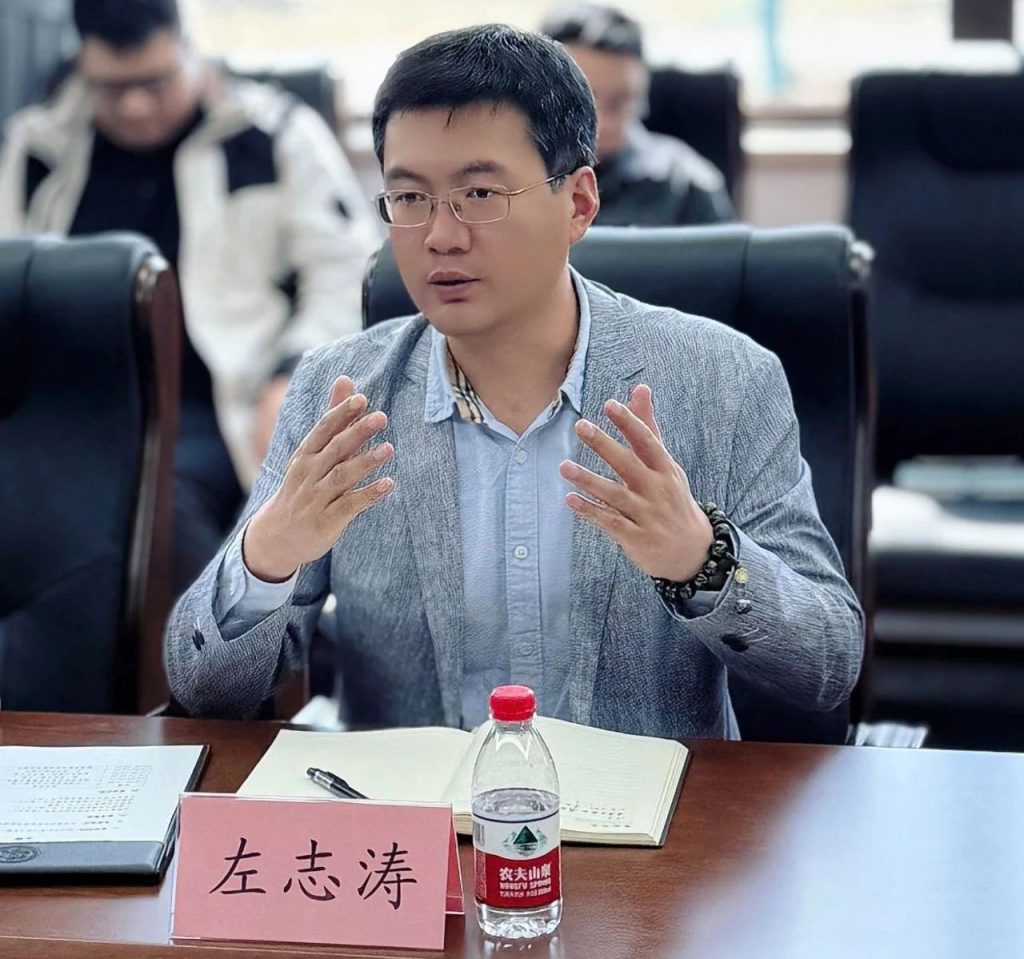
The responsible construction unit made a detailed report on the overall planning, technical route, and node objectives of the integrated installation, and proposed an efficient promotion plan with the core of “modular construction, standardized operation, and full-process control” to ensure a seamless connection between the installation of key equipment and system debugging. Tian Qingwei emphasized the need to adhere to the “double bottom line” requirements of safe production and quality control. She said that during the project construction, the safety responsibility system must be strictly implemented, risk prediction and emergency plans should be strengthened. At the same time, relying on intelligent monitoring means, dynamic tracking of construction quality should be achieved to escort the long-term stable operation of the platform.

At the end of the meeting, Zhou Xuezhi made a concluding speech. He highly affirmed the previous work achievements of all the participating units of the project and pointed out that the construction of the 100-megawatt platform is a key measure to serve the national “dual carbon” strategy and seize the commanding heights of global energy science and technology. All the participating units and personnel should always uphold the “sense of honor, urgency, and mission” and promote all work with a “revolutionary” attitude. For the tasks in the next stage, he put forward three requirements: first, strengthen the sense of responsibility and strictly abide by the red line of safe production; second, deepen the coordination mechanism to ensure that both quality and progress are emphasized; third, focus on innovation leadership to unleash the greatest potential of the platform’s future scientific research functions.
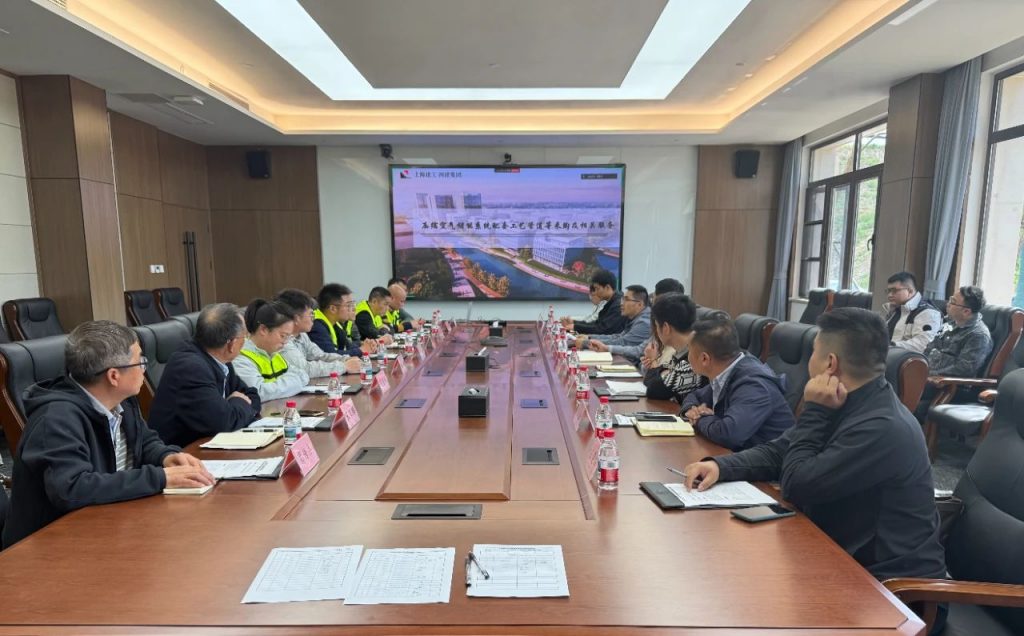
After the meeting, the project team, together with the responsible persons of the construction unit and the supervision unit, took immediate action and went to the construction site to deploy the installation tasks on the spot. Technical disclosure and risk investigation were carried out for key links such as the hoisting of key equipment, pipeline layout, and system joint debugging. The construction nodes and responsibility divisions were refined to ensure that all links are closely connected and promoted efficiently.
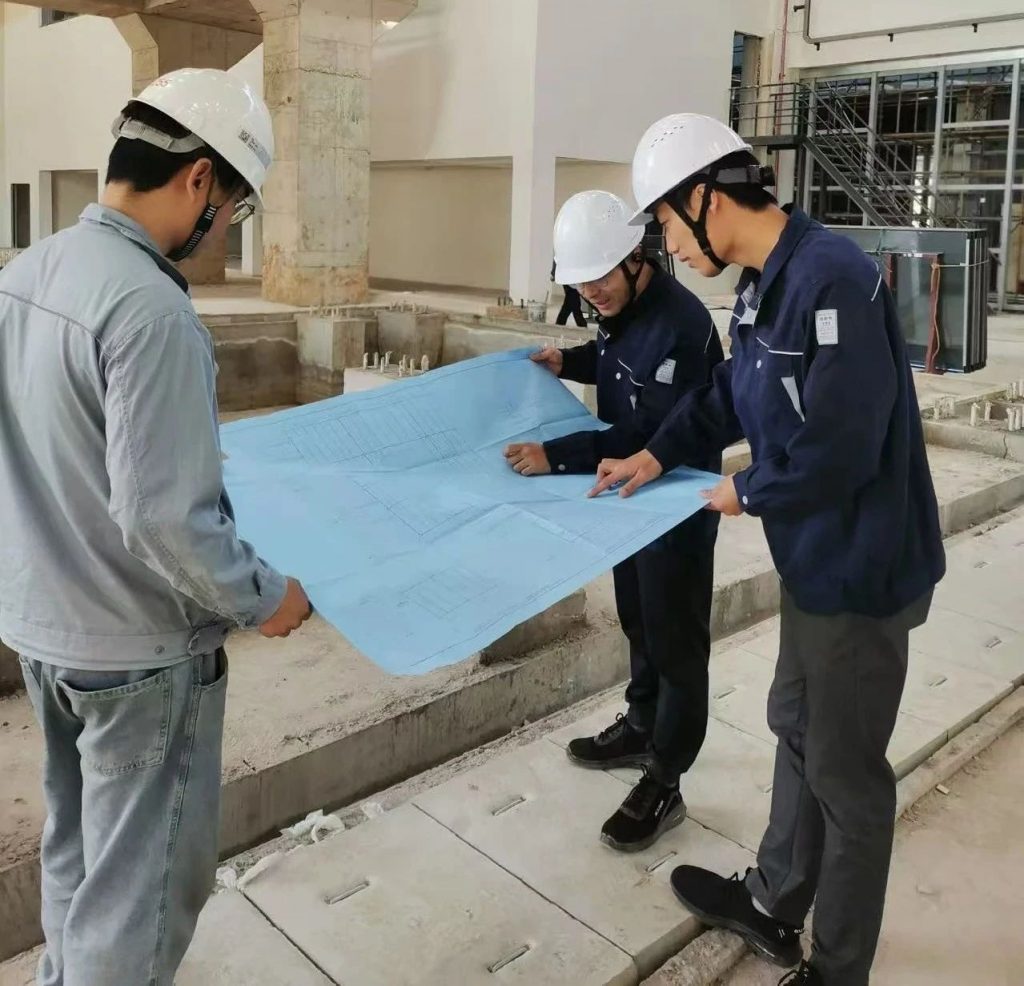
After the completion of the 100-megawatt compressed air energy storage experimental platform, it will become the largest and most comprehensive compressed air energy storage research and development base in the country. It will not only provide core support for the national energy strategy but also, based in Nanjing and serving Jiangsu Province, through technological innovation and industrial collaboration, help Nanjing build a highland of new energy scientific and technological innovation and promote the optimization of the energy structure and the upgrading of the green economy in Jiangsu Province. The successful convening of this mobilization meeting has injected strong impetus into the platform construction. In the future, with the implementation of scientific research achievements, the platform will accelerate the commercialization process of compressed air energy storage technology. While serving the national “dual carbon” goal, it will empower the development of Nanjing as an innovative city, drive the low-carbon transformation of Jiangsu Province, and contribute a Chinese solution to the sustainable development of global energy.
